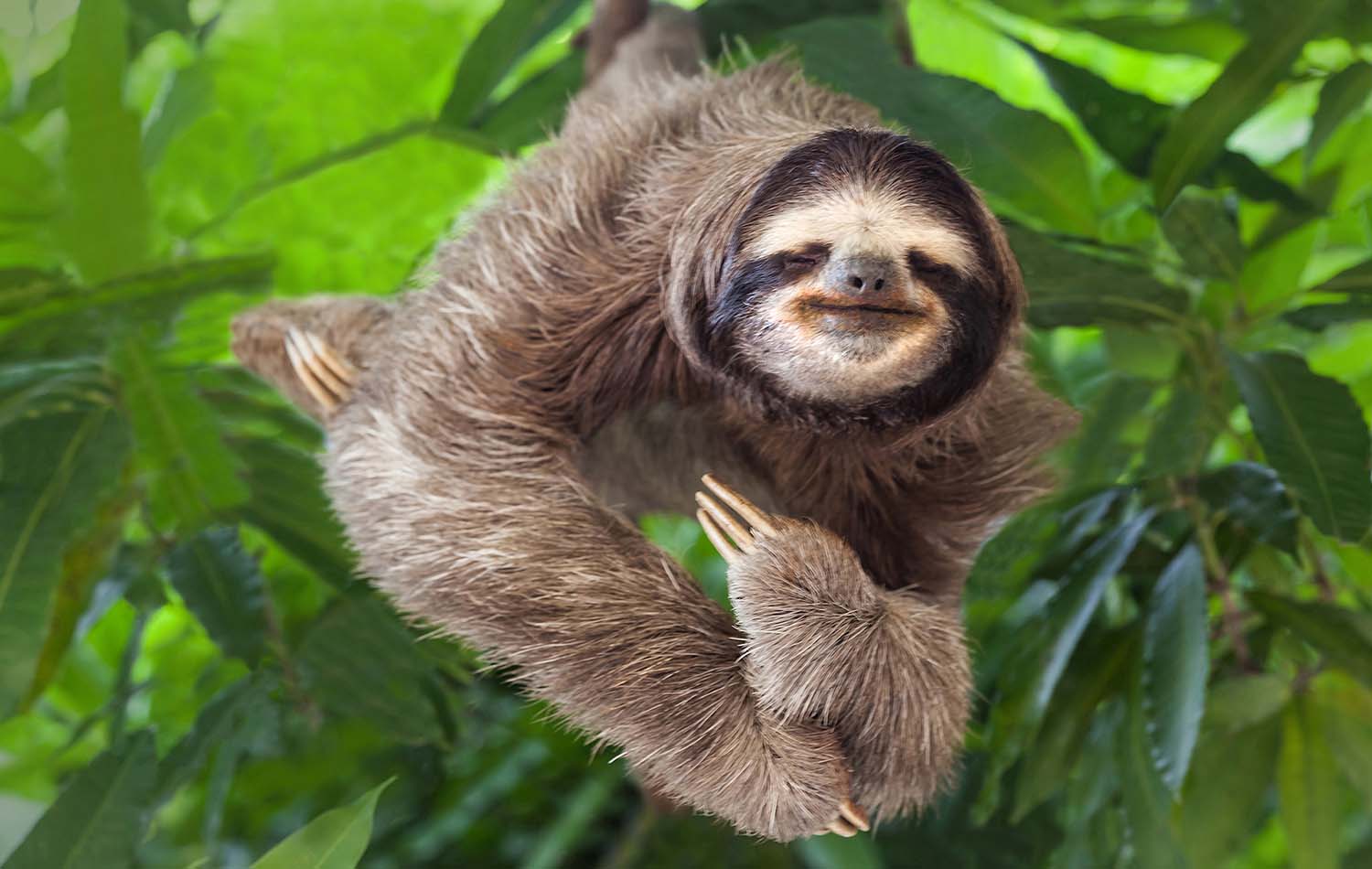
They feed on flower nectar and small insects that can be found within them. The throat, in males, may have bright red, blue or emerald green. The reasons for this behaviour have been an issue for debate over the last decade as benefits extend to both the adsorption of dietary toxins and the supplementation of nutrients, most notably sodium. In South America parrots are regularly recorded consuming soil. They are also one of the most endangered, due to habitat loss introduction of exotic species and diseases persecution hunting and the pet trade. The parrot family is one of the most intelligent, colourful and easily recognisable of the large bird families. Deforestation of rainforests, pollution, and growth of urban areas are some of its most obvious. They have been hunted with some intensity, but the main reason why they are in endangered of extinction is due to habitat destruction. They feed on fruits, insects and other prey such as small lizards, birds and eggs of other birds. The toucans are one of the most iconic birds in the world, their plumage and beaks are extremely colorful and consequently a dream for the travelers who visit the neotropical region. The yellow-tailed wooly monkey is the largest endemic mammal of Peru. Amazon and San Martin, where are most of the habitat of this species, are the region with the highest rate of deforestation in Peru. This species is endemic to the Andes of Peru and is one of 25 most endangered primates in the world. * Choro Monkey or yellow-tailed wooly monkey Today, all species of the genus Tapirus fall into the conservation status vulnerable or threatened. However, their main threat is the human action, manifested through excessive hunting and habitat destruction. Most common predators of tapirs are the big cats. The largest terrestrial mammal of South America. They are seriously threatened by the destruction of their habitat and commercialization as pets, because they traffickers capture pups and kill adults.

It is one of the most representative animals of Peruvian Amazon wildlife. The sloth bear is one of the slowest mammals in the world. Join our The Peruvian Amazon Tour and see up-close all this amazing biodiversity. This haven of natural diversity is home of thousands of species, many of them endangered, that make different parts of its territory in the center of global eco-tourism attraction. 20% of the world’s species of birds is found in the Amazon rainforest. There is no other ecosystem in the world with so many species of birds, among these include macaws, toucans, and lots of other species, usually colorful plumage.

Also there are reptiles and many species of aquatic and terrestrial turtles, caimans and many snakes, including the anaconda. Its figure is surrounded by indigenous legends and now is in serious danger of extinction.

The Amazon River, the main source of living of the vast jungle geography of the country, is home to fishes like the paiche which can grow to four meters and cetaceans like the pink dolphin, which gives great entertainment when it wants to call attention off the boats. The sloth bear is another hallmark of our Amazon rainforest. Peru is the second country in terms of number of bird species in the world and third in terms of mammals, of which 44% and 63% respectively live in the Peruvian Amazon.Īmong the enormous number of species, highlights the monkey, jaguar, puma, tapir and deer. Peru has the second-largest portion of the Amazon rainforest after the Brazilian Amazon. This region comprises 60% of the country. The area of the Amazon rainforest included within the country of Peru, from east of the Andes to the borders with Ecuador, Colombia, Brazil and Bolivia. The rainforest animals are the most complete variety that you can find and the Amazon rainforest of Peru is one of the most biologically diverse areas on Earth.


 0 kommentar(er)
0 kommentar(er)
